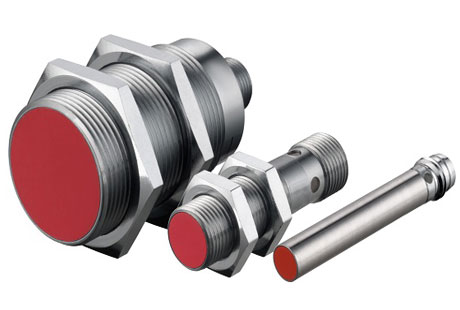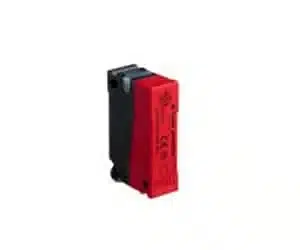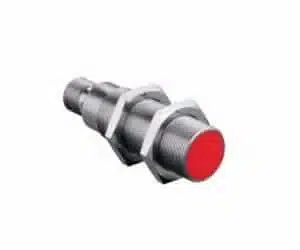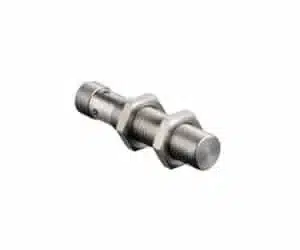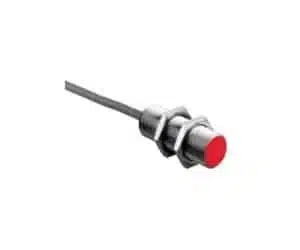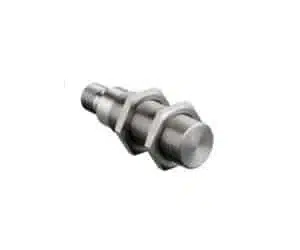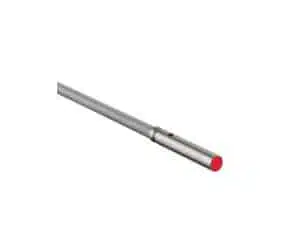Leuze Proximity Sensor: Inductive & Capacitive Switch
Request a Quote For Leuze Proximity Sensor
IndMALL Automation, an affiliate of Challaturu Engg & Automation Pvt Ltd, stands as a premier supplier of Leuze sensors, offering an expansive range encompassing Leuze proximity sensor, inductive models, capacitive types, and switch selections. Our inventory includes Leuze Cylindrical Inductive Sensors, Miniature proximity sensors, and Leuze Square Inductive Sensors, to name a few.
We stock Leuze proximity switches and the in-demand Leuze Inductive Switch. With a vast array of Leuze sensors, we guarantee reliable operation and efficacious solutions for varied detection needs, all at unbeatably competitive pricing.
Leuze Proximity Sensor
Compact Designs for Substantial Needs. Leuze’s standard cubic sensors, available in both plastic and metal casings, offer universal applicability for a broad spectrum of detection tasks.
Leuze Capacitive Sensor
Leuze’s Cylindrical-Design Robust Sensors. Versatile in application, these sensors reliably detect metal objects within a sturdy metal housing. Various switching and connection options accommodate diverse applications, prioritizing design and inductive switch range Sn.
Leuze Proximity Switch
Uniform Scanning Ranges Sn, Regardless of Material. This Inductive Proximity Sensor maintains a constant scanning range Sn, independent of material—be it iron, stainless steel, or copper, and is applicable even with thin metal foils.
Leuze Proximity Sensors
Versatility Through Wide Voltage Range. The 2-wire inductive switch sensor ensures universal application adaptability, owing to its expansive AC/DC voltage range, permitting use in various environments.
Leuze Inductive Sensor
V2A/V4A Stainless Steel Leuze Sensors. Offering a constant scanning range Sn, these sensors perform material-independent detection, applicable to iron, stainless steel, or copper, and suitable for various materials, including thin metal foils.
Leuze Miniature Sensors
Leuze Electronic provides miniature sensor versions and a variety of designs for Leuze Inductive switches, catering to restricted spaces and specialized applications.
The Leuze Inductive Proximity Sensor line impressively features over 400 distinct models, each designed to address particular requirements. Two principal designs are offered: the Cubic Inductive Switch and the Cylindrical Inductive Proximity Sensor. The sensing distances of these sensors vary from a minimal 1mm to 40mm, contingent on the sensor head diameter.
Models are available that run on either AC/DC or solely DC power. Sensor diameters range from 3mm to 30mm, encompassing sizes such as 4mm, 5mm, 6.5mm, 8mm, 12mm, and 18mm. The switching outputs available include Relay Output, NPN, and PNP Outputs, and operate based on a switching principle, available in Normally Close (NC) or Normally Open (NO) configurations.
They accommodate both Flush/Embedded and Non-Flush/Non-Embedded installation types. Connection variations include Cable Types, M8 and M12 Connectors, or a hybrid of cables and connectors. The switching frequency fluctuates between 50Hz and 5000Hz, depending on the diameter. Lastly, these sensors are housed in diverse materials: metal, plastic, and stainless steel.
Some Frequently Asked Questions
How does a proximity sensor work?
Understanding How a Proximity Sensor Works
A proximity sensor can tell when something is close without touching it. It senses objects nearby and sends a signal when something is near.
The sensor sends out a little invisible energy, like light or radio waves. This energy travels away from the sensor, out into the world.
When the energy hits something, like a hand or wall, it bounces back. The sensor can feel this energy returning to it.
If the returned energy is strong enough, the sensor knows something is close. Then, it sends a message to the machine to react in some way.
So, a proximity sensor works by sending out energy, feeling it bounce back, and sensing if something is near, ensuring touch-free interaction and control.
What are the three types of proximity sensors?
Proximity sensors come in three main types: Inductive, Capacitive, and Ultrasonic. Each type has its own way of detecting objects without touching them.
Inductive sensors detect metal objects when they come close. They use a magnetic field to sense metal without needing to touch it.
Capacitive sensors can sense a wide variety of materials. They detect changes in electrical capacitance to sense the presence of objects.
Ultrasonic sensors use sound waves to detect objects. They send out waves and listen for echoes to determine if something is near.
To recap, Inductive sensors detect metal, Capacitive sensors sense various materials and Ultrasonic sensors use sound waves, each providing a unique method for identifying nearby objects.
What is the difference between proximity switch and proximity sensor?
A proximity switch and a proximity sensor might seem similar but they have different purposes and functions.
Proximity Switch
A proximity switch detects an object without touching it and turns something on or off. When something comes close, the switch reacts and changes the electrical circuit. It might turn on a light, machine, or another device. So, it’s like a button that doesn’t need to be pressed.
Proximity Sensor
A proximity sensor also detects objects without any physical contact. It sends data about how close or far away something is. Instead of just turning things on or off, it gives information. This information could be used in phones, cars, or robots to sense nearby objects.
Difference
The main difference lies in their action and purpose. A proximity switch gives an on/off response, changing something’s status. Meanwhile, a proximity sensor provides continuous data about the object’s distance without doing an action. Think of a switch as a decision-maker and a sensor as an informant.
Simply, a switch makes things work, while a sensor gives details about nearby things. Both are useful in different situations, providing non-contact detection in a variety of applications. This allows for versatile uses in technology and industry, ensuring efficient and safe operations.
What is the best type of proximity sensor?
The “best” proximity sensor depends on what you need it for. Different tasks need different types of sensors.
Inductive proximity sensors are great for detecting metal objects. They work well in environments with dust and dirt without problems.
Capacitive proximity sensors can detect many materials, like plastic or liquid. They’re useful in places like factories, where various materials are present.
Ultrasonic proximity sensors work well with all kinds of objects and in different conditions. They’re versatile and can sense distance too.
In short, the best sensor depends on your needs: inductive for metals, capacitive for varied materials, and ultrasonic for diverse applications and environments.
Top Leuze Proximity Sensor at IndMALL Automation Buy now.

